Reviews
Nicholas Ray
USA, 1955
Credits
Review by Beth Gilligan
Posted on 28 August 2008
Source Warner Brothers DVD
Categories The Mystic: The Films of Nicholas Ray
If I had one day when I didn’t have to be all confused, and I didn’t have to feel that I was ashamed of everything… if I felt that I belonged someplace… you know?
— Jim Stark, Rebel Without a Cause
The word auteur inevitably crops up in any discussion of Nicholas Ray’s career, and yet it is his best-known work that arguably remains the least appreciated from this standpoint. A critical and commercial success at the time of its release, Rebel Without a Cause rolled into theaters a mere four weeks after the death of its star, James Dean, in a car accident. Dean’s tragic demise added mythic resonance to his haunting portrayal of a sensitive teenager at odds with the world, and in the decades that followed, it was this towering performance that came to dominate most considerations of the film.
Viewing the film over fifty years later, it’s not especially difficult to see why. As Jim Stark, a troubled young man smothered by his parents and taunted by his classmates, Dean flawlessly navigates the highs and lows of adolescence, seamlessly shifting gears from tenderness to awkwardness, anger to insecurity. Despite his renown as a “serious” actor, his performance is not entirely fueled by angst; indeed, a sly sense of humor nudges its way into several scenes. There may be chunks of dialogue in the movie that feel outdated, but Dean’s performance remains startlingly fresh and impressively multi-faceted.
And yet while Dean undoubtedly had talent to burn, it is Nicholas Ray’s direction that lends the film a good deal of its immediacy and has helped sustain its place in the pantheon of American postwar cinema. From the opening scene - where in a mere 15 minutes he establishes the personalities and backstories of the three main characters (Dean’s Jim Stark, Natalie Wood’s Judy, and Sal Mineo’s Plato), all the while fluidly linking them through clever framing and use of color - to the final, devastating moments, Rebel Without a Cause is just as much Ray’s movie as it is James Dean’s.
Visually and thematically, the film certainly adheres to many of the preoccupations evinced in Ray’s other work. Interiors loom large: the vastness of the planetarium; the banal fifties décor of the Stark household hinting at the lead characters’ isolation and alienation; and the decadent grandeur of the deserted mansion serving as a Shakespearean Green World of sorts for them. Ray’s use of color in Rebel is nearly as striking as in Johnny Guitar, with the blazing red of Jim Stark’s jacket, Judy’s coat (in the opening scene), and Plato’s sock marking them as a band of outsiders. In addition, there is a unique physicality to each of the performances, especially Dean’s; at times, the fight sequences retain a balletic feel.
The loner is a recurrent figure in Ray’s films, and in the case of Jim Stark, this isolation is rooted in his constant displacement (forever being “the new kid” at school), which is in turn caused by his fraught relationship with his parents and penchant for picking a fight whenever his manhood is called into question. These issues are central to the plot (which was in part concocted by Ray) of Rebel Without a Cause, as all three of the lead characters must negotiate strained familial circumstances (in Plato’s case, absent parents; in Judy’s, a father who no longer knows how to relate to his daughter) as well as their prescribed gender roles. While the film ultimately seems to decry these splintered family structures, its take on masculinity is somewhat muddled. While Jim’s father remains an object of derision for much of the movie on account of his unwillingness to stand up to his overbearing wife, Jim’s sensitivity towards Judy and Plato is shown in a positive light.
Despite these specific issues of time and place, Rebel Without a Cause transcends easy categorization and continues to resonate several decades later. Jonathan Rosenbaum once aptly described Ray as “a creature of both the ’30s and ’60s [who] was ahead of his time during both decades”; the enduring nature of the director’s body of work suggests that he remains so.
More The Mystic: The Films of Nicholas Ray
-

In A Lonely Place
1950 -

They Live By Night
1948 -
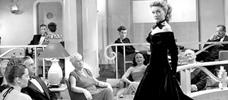
A Woman’s Secret
1949 -
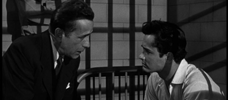
Knock on Any Door
1949 -

Born to Be Bad
1950 -
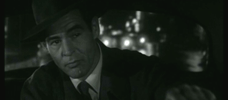
On Dangerous Ground
1952 -
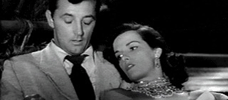
Macao
1952 -
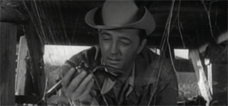
The Lusty Men
1952 -

Johnny Guitar
1954 -

High Green Wall
1954 -

Rebel Without a Cause
1955 -

Bigger Than Life
1956 -

Hot Blood
1956 -

The True Story of Jesse James
1957 -
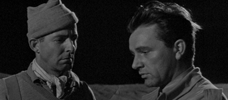
Bitter Victory
1957 -

Party Girl
1958 -

King of Kings
1961 -

55 Days at Peking
1963 -

The Janitor
1974 -

We Can’t Go Home Again
1973-1976 -

Lightning Over Water
1980
We don’t do comments anymore, but you may contact us here or find us on Twitter or Facebook.



